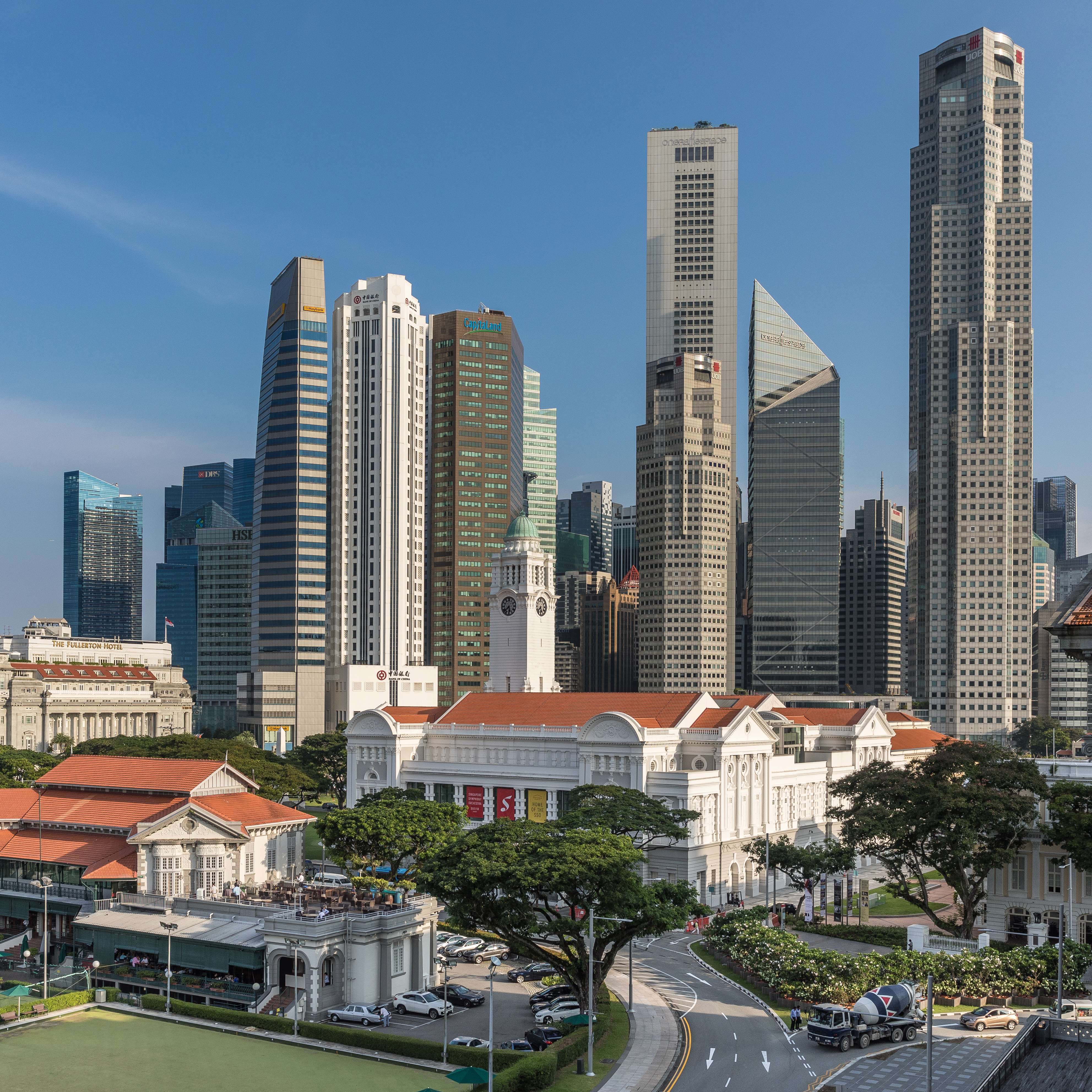Hong Kong: The World’s Most Expensive Property Market


In 2024, Hong Kong remains the most unaffordable place on the planet to buy a home. According to the Demographia International Housing Affordability study, the city’s median house price is nearly 18 times the median annual household income—a staggering figure that puts homeownership out of reach for most residents. The average price for a modest apartment hovers around HK$7 million (about US$900,000). Despite government attempts to cool the market, demand from mainland Chinese buyers and limited land supply have driven prices ever higher. Many young people are forced to stay with their parents or rent tiny “nano-flats” measuring less than 200 square feet. Even professionals earning above-average salaries struggle to save enough for a down payment. The dream of owning a home in Hong Kong now feels more like a fantasy for the majority of its population.
Singapore: Sky-High Prices Amid Limited Space


Singapore is celebrated for its efficient public housing system, yet private homeownership is another story. As of late 2024, the Urban Redevelopment Authority reported that the average price for a private condominium surpassed S$2,300 per square foot. For a 1,000-square-foot apartment, buyers must shell out over S$2 million (roughly US$1.5 million). While government policies help citizens access subsidized HDB flats, restrictions apply, and those seeking private property face relentless price escalation. Foreign buyer demand, limited available land, and hefty stamp duties further inflate costs. Even with high median incomes, the Central Provident Fund savings scheme often falls short of covering the massive down payments required. Many residents now accept that they may never own a private home in their lifetimes.
Canada: Soaring Prices from Vancouver to Toronto


Canada’s housing market has consistently ranked among the most unaffordable since the pandemic. In 2024, the Canadian Real Estate Association reported the national average home price exceeded CAD 700,000 (about US$510,000), but in Vancouver and Toronto, prices are far higher. Vancouver’s median home price is about CAD 1.2 million (US$880,000), while Toronto is not far behind at CAD 1.1 million. Wage growth has failed to keep pace, with many young Canadians spending upwards of 60% of their income on housing. Tight inventory, foreign investment, and speculative buying have fueled the crisis. Government taxes on vacant homes and foreign buyers have not eased the squeeze. For the average Canadian, especially first-time buyers, purchasing a home in major cities now feels like an unattainable goal.
Australia: Relentless Climb in Sydney and Melbourne


Australia’s two largest cities, Sydney and Melbourne, are now notorious for their prohibitive housing markets. By the end of 2024, CoreLogic data showed Sydney’s median house price reached AUD 1.4 million (US$910,000), while Melbourne followed at AUD 1.02 million. The house price-to-income ratio in Sydney stands at nearly 15:1, according to the Australian Bureau of Statistics. Despite recent interest rate hikes, demand remains strong due to immigration, limited new supply, and investor activity. Many young Australians have resigned themselves to “forever renting,” as saving for a deposit often takes a decade or more. The persistent gap between wage growth and property prices has made homeownership a distant dream for a growing segment of the population.
United Kingdom: London’s Unyielding Price Pressure


London continues to be a battleground for hopeful homeowners. The UK’s Office for National Statistics revealed that the capital’s average home price is now £514,000 (about US$650,000) as of early 2025. That’s more than 14 times the median annual salary in the city. Even outside London, cities like Oxford and Cambridge have seen prices rise rapidly, driven by demand from both domestic and international buyers. The government’s Help to Buy scheme ended in 2023, leaving many first-time buyers with fewer options. Soaring rents, rising mortgage rates, and stagnant wages are squeezing would-be homeowners out of the market. For many Londoners, owning property is becoming an impossible aspiration.
New Zealand: Auckland’s Crisis of Affordability


Auckland, New Zealand’s largest city, is grappling with one of the worst housing affordability crises in the developed world. Real Estate Institute of New Zealand data from 2024 shows the city’s median home price is NZD 1.1 million (US$680,000). With a house price-to-income ratio exceeding 12:1, according to the OECD, many residents are locked out of the market. New Zealand’s government has imposed foreign buyer bans and speculator taxes, but prices have remained stubbornly high due to persistent supply shortages. Young families and singles alike are increasingly delaying homeownership indefinitely. The emotional toll of being priced out of your own city is a frequent topic in New Zealand’s media and politics.
United States: California’s Crushing Home Costs


California is the epicenter of America’s housing affordability crisis. As of 2024, the California Association of Realtors reported the median price for a single-family home statewide was $843,340. In San Jose, it’s even higher at $1.5 million, and in San Francisco, typical homes go for $1.3 million. Despite recent cooling, sky-high mortgage rates and tight inventory keep prices out of reach for most workers. The price-to-income ratio in the Bay Area hovers around 10:1, well above the national average. Many residents are forced to live far from their workplaces or share homes with multiple families. The crisis has led to a historic exodus of middle-class families from the state, leaving many to wonder if homeownership in California will ever be possible again.
Switzerland: Luxury Living, Limited Options


Switzerland has some of the world’s highest real estate prices, especially in Zurich, Geneva, and Lausanne. In 2024, UBS reported the average price for a Zurich apartment exceeded CHF 1.3 million (US$1.45 million). Strict zoning laws, limited buildable land, and high construction costs drive prices higher every year. Foreigners face additional restrictions, limiting their ability to buy property. The Swiss National Bank has warned repeatedly about the risks of a housing bubble, but demand remains strong. Most Swiss residents rent, with only about 36% owning their homes. For the average person, especially newcomers or young families, the Swiss dream of a home remains frustratingly out of reach.
South Korea: Seoul’s Staggering Housing Market


Seoul is now one of the world’s most expensive cities for real estate. According to KB Kookmin Bank, as of March 2025, the average apartment price in the capital surpassed 1.3 billion won (about US$950,000). The price-to-income ratio in Seoul is now over 16:1, making it nearly impossible for middle-class families to buy without substantial help from parents. Government attempts to cool the market, such as tightening loan regulations and imposing taxes on multiple property owners, have only provided temporary relief. High demand, limited land, and speculative investment keep prices rising. Many young Koreans now see lifelong renting as inevitable, with the traditional goal of homeownership fading into the background.



